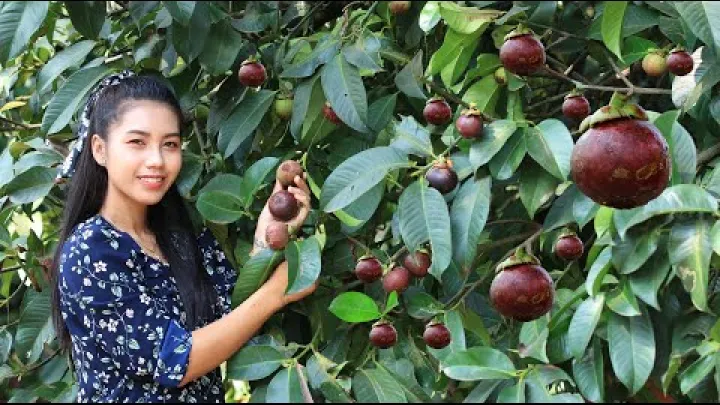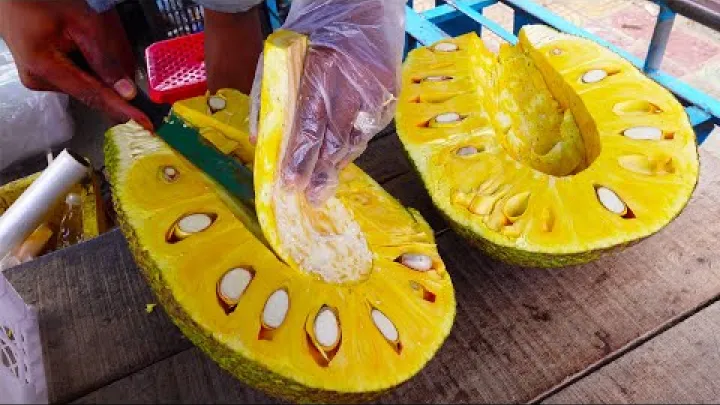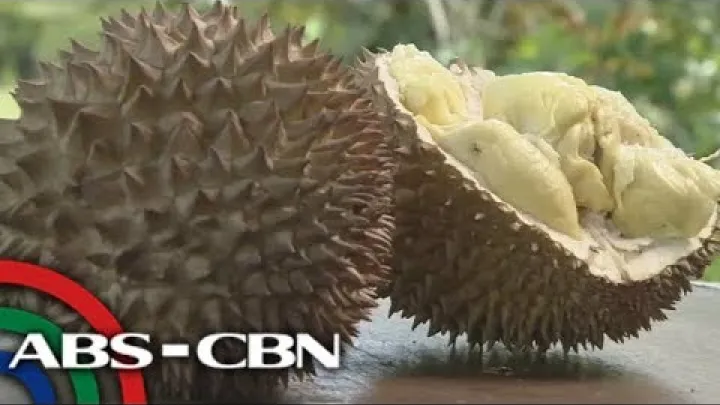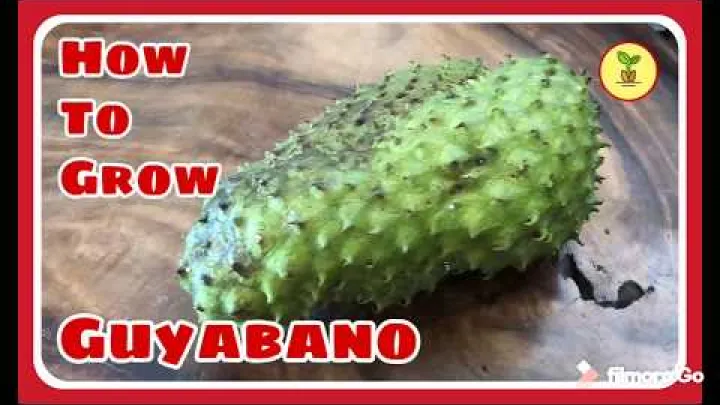10 Delicious Tropical Fruits You Must Try in the Philippines
Mangosteen
The mangosteen fruit is a delicious and exotic tropical fruit that has been cherished for centuries. Native to Southeast Asia, the tree from which mangosteens grow is often found growing in rainforests or near rivers. The mangosteen belongs to the same family as other fruits such as the starfruit and cashew apple.
It has a unique flavor and is often described as sweet and sour. The fruit itself can vary in size, shape, and color, depending on where it was grown.
Mangosteens have long been known for their health benefits due to the presence of xanthones, powerful antioxidants found only in this particular fruit. Studies have shown that these xanthones can reduce inflammation and improve overall health. Additionally, mangosteens are packed with essential vitamins and minerals such as vitamin C, potassium, magnesium, and iron.
In recent years, the popularity of mangosteen has grown throughout the world as more people have discovered its unique flavor and health benefits. It is now available in many stores and markets. You can purchase it fresh, frozen, or as a juice or powder.
Rambutan
The rambutan is a tropical fruit native to Southeast Asia, including the Philippines. It has a sweet and slightly sour flavor, making it a popular snack in many countries. The exterior of the rambutan is covered in soft spines or hairs which give the fruit its name; "rambut" means "hairy" in Malay. Inside the red-orange outer covering is white flesh with a large seed at its center.
The flesh can be eaten raw or cooked and used in recipes such as smoothies, jams, juices, and ice cream. Rambutans are an excellent source of vitamins and minerals, including Vitamin C, iron, potassium, and magnesium. They also contain fiber which helps to promote digestion. In addition to being eaten as a snack, rambutans can be used for medicinal purposes, such as treating sore throats and colds.
In the Philippines, it is widely eaten as a dessert or snack. The popularity of rambutan continues to grow around the world due to its unique flavor and nutritional value. Today, you can find rambutan in grocery stores and markets throughout many countries. Whether enjoyed raw or cooked in recipes, this nutritious fruit will tantalize your taste buds!
Coconut
Coconut meat can be eaten raw, dried, or cooked. Its unique taste combines sweet and savory notes with a hint of nuttiness. Raw coconut is typically used in desserts and smoothies while cooked coconut adds richness to sauces and curries. Coconut water is also popularly enjoyed straight from the fruit or used as an ingredient in drinks like juices and cocktails.
No matter how it’s used, coconuts are sure to enhance any dish with their distinct flavor profile! Philippines’ culture continues to be heavily intertwined with coconuts; its uses range from food to medicine, even serving as a hair care product for some Filipinos. The Philippines has truly embraced the importance of this versatile fruit—embracing its value in the Philippines’ economy, environment, and culture.
Jackfruit
Jackfruit is native to the Philippines and other Southeast Asian countries, but today it can be found in many different places around the world. It is a large, spiky-skinned fruit with a sweet, tropical flavor that has become popular as an alternative to meat in vegan and vegetarian dishes.
The flesh of the jackfruit is white or yellowish and has a stringy texture similar to pulled pork when cooked. Jackfruit can also be eaten raw and is often used to make jams, jellies, juices, and desserts. Its seeds are edible too and can be boiled or roasted for snacking.
Not only does jackfruit taste great, but it's packed with nutrients such as Vitamin C, potassium, dietary fiber, and antioxidants like polyphenols. All of these make it an excellent addition to a healthy diet. Jackfruit is also increasingly being used as a sustainable alternative to meat, as it requires fewer resources and has lower environmental impacts when compared to raising livestock. For all these reasons and more, jackfruit is quickly becoming one of the most popular fruits in the Philippines and beyond!
The Philippines is a great place to try jackfruit, as it grows abundantly in the country’s tropical climate. There are many different types of jackfruit available and they come in various sizes and shapes. The most common type is called “Nipa”, which has a sweet taste and fleshy texture. Other varieties include “Laniti”, which is smaller than Nipa but sweeter; “Lamayo”, which is large and tart; and “Balimbing”, which has a sour taste. If you're ever visiting the Philippines, be sure to sample the local jackfruit for a delicious treat!
Durian
The Philippines is home to durian, a large and spiky tropical fruit that is known for its unique smell. Its pungent odor has been described as anything from an acquired taste to downright repulsive, however, it is widely enjoyed throughout Southeast Asia. Durian grows abundantly in the Philippines and can be found in many markets and roadside stands across the country. The fruit is rich in nutrients like Vitamin C, magnesium, phosphorus, and iron - making it a highly sought-after snack. Although there are several varieties of durian available in the Philippines, the most popular type is called ‘Musang King’ which has a sweet and creamy flesh with slightly bitter undertones. Despite its strong smell, durian continues to be a popular and beloved fruit in the Philippines. People often enjoy it during celebrations and holidays, or simply as a tasty treat!
In recent years, durian has become even more popular due to its newfound status as a ‘superfood’. Health experts tout the benefits of this powerful tropical fruit, including aiding digestion and boosting energy levels. It’s no wonder that durian continues to be an essential part of Filipino cuisine. Whether you can appreciate its distinct smell or not, there's no denying that durian is one of the Philippines' most iconic fruits!
Dragon Fruit
Dragon fruit, also known as pitaya or strawberry pear, is a tropical cactus fruit native to Mexico and Central America. It has become increasingly popular in recent years due to its sweet taste and impressive nutritional profile. Dragon fruit is now cultivated in various parts of the world including the Philippines.
The Philippines produces around 47,000 metric tons of dragon fruit each year. The country has numerous varieties of dragon fruit including red-fleshed, yellow-fleshed, and white-fleshed types that offer different levels of sweetness depending on their ripeness. Philippine dragon fruits are generally smaller than other varieties with thin skin and fewer seeds. They are typically served fresh or used in smoothies, desserts, and salads.
Dragon fruit is a tasty and nutrient-dense fruit that can be enjoyed in a variety of ways. Whether it’s eaten fresh, used as an ingredient in smoothies, or cooked for a sweet dessert, Philippine dragon fruit is sure to make a delicious addition to any meal! With its impressive nutritional benefits, it’s no wonder the Philippines is one of the leading producers of dragon fruit in the world.
Marang
Marang is a tropical fruit native to the Philippines. It has thick, yellow-green skin with whitish flesh inside. The flavor of marang is sweet and tangy, with a hint of tartness. It's often used in desserts and snacks or as an ingredient in salads and other dishes. Marang is also a popular fruit for juicing; some people even make ice cream out of it! As well as being delicious, marang is packed full of nutrients like vitamin C, potassium, and dietary fiber. All these combined make it an incredibly healthy choice for those looking to add more fruits to their diet! Try adding some Marang to your next meal or snack – you won’t be disappointed!
Guyabano
Guyabano, also known as soursop or Graviola, is a tropical fruit native to the Philippines. It has an oblong shape and green skin that turns yellow when ripe. Its white flesh is sweet-tart and contains many edible seeds. The leaves of the trees are used in traditional medicines due to their anti-inflammatory properties, while its extract is believed to have anti-cancer benefits.
Aside from being eaten raw, guyabano can also be cooked and added to soups or desserts. In the Philippines, it’s often made into a syrup or juice called ‘guyabano nectar’ which is served chilled for a refreshing treat. Guyabano grows best in hot climates and requires regular watering and fertilizing for optimal growth. It’s a valuable source of vitamins and minerals, including Vitamins C and B6, magnesium, potassium, iron, and calcium. Eating guyabano can help to boost your immune system and maintain good health. So why not give it a try today?
Lanzones
Lanzones are a tropical fruit native to the Philippines. Highly sought after for its distinct sweet and sour taste, it is known as one of the Philippines’ favorite snacks. It is so popular that there are even festivals dedicated to this beloved fruit!
Every October, the province of Camiguin celebrates a Lanzones Festival with parades, street dancing, music performances, and other activities that showcase the unique culture and local produce of the Philippines. The festival also includes traditional festivities such as a beauty pageant, lanzones eating contest, and trade fairs where locals can buy dried lanzones.
It's no wonder why this tasty treat has become a staple in Filipino cuisine! So if you're ever in the Philippines during October, be sure to visit the vibrant Lanzones Festival and sample some of this unique fruit!
Calamansi
Calamansi, also known as Philippines lime or calamondin, is a type of citrus fruit native to the Philippines. It is widely used in Philippine cuisine and traditional medicine due to its tart flavor and aroma. The fruit has a wide range of uses in cooking, ranging from being squeezed into drinks like juices and sodas, adding zest to savory dishes such as adobo, or even eating fresh with sugar. In traditional medicine, it is also used for conditions such as constipation, fever, sore throat, and reducing inflammation.
Due to its popularity in Filipino culture, the calamansi has become an important part of Philippine cuisine. As such it is regarded as one of the Philippines' national fruits. Today it holds a prominent place in Filipino cuisine and culture, with many dishes and drinks featuring the citrus flavor. With its versatile uses, the Philippines lime continues to make a lasting impression on Philippine cuisine today.
Conclusion
So, now you know all about the delicious tropical fruits in the Philippines. Ready to give them a try? We recommend taking a trip to this amazing country and trying out these exotic flavors! Who knows – you might find your new favorite fruit!
Your Nearby Location
Your Favorite
Post content
All posting is Free of charge and registration is Not required.









